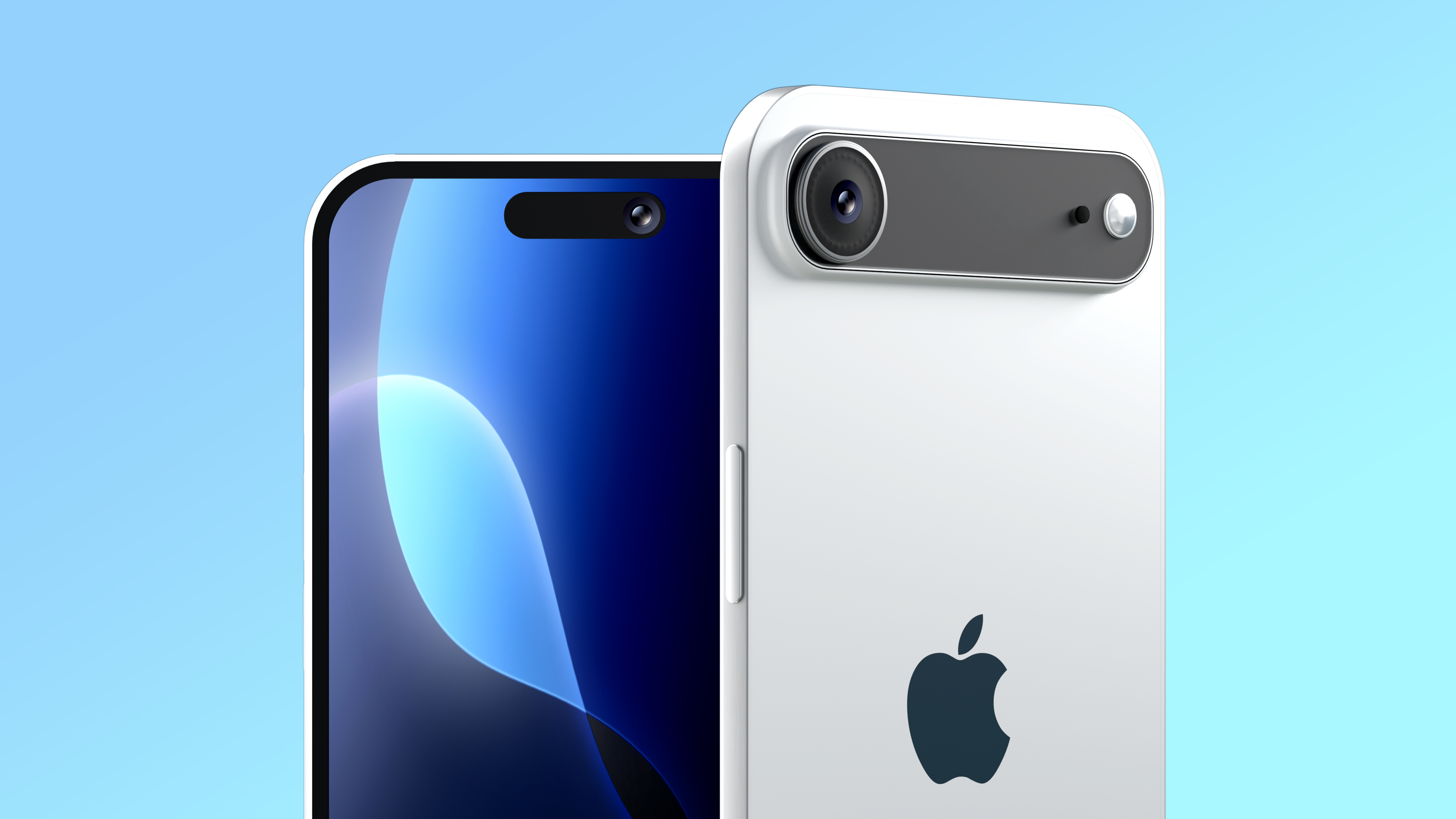OnePlus 7 Pro vs. Galaxy S10 Plus: So Close Samsung Should Be Nervous
The OnePlus 7 Pro offers flagship performance and specs for less than the Galaxy S10. Here'’s how these phones stack up
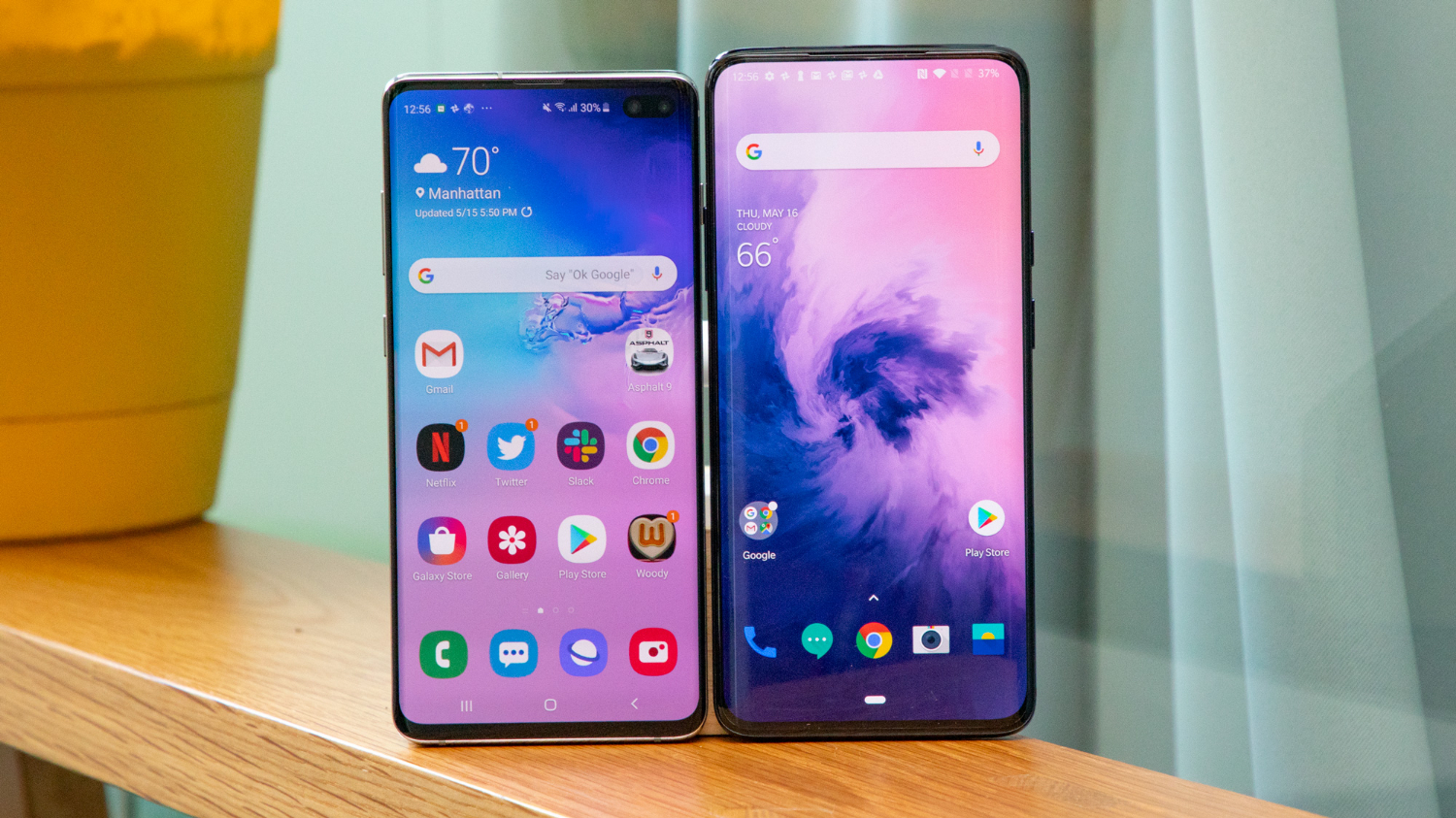
At just $699, the OnePlus 7 Pro is one of the most affordable flagship phones you can buy, and it packs the same flagship-level specs and features as the Galaxy S10 for at least $200 less. I'll let that sink in for a second. That's $200 less when you compare the OnePlus 7 Pro to the $899 Galaxy S10 and $300 less versus the $999 Galaxy S10 Plus.
When on sale the OnePlus 7 Pro can be had for just $549 to start, versus $849 for the S10 and $949 for the S10 Plus on sale.
So it's clear that OnePlus, with its bigger screen that doesn't include any punch holes, is entering this contest with a decided advantage. Still, the Galaxy S10 and S10 Plus are both among the best Android phones, thanks to their impressive triple rear cameras, more advanced ultrasonic fingerprint sensor and useful features like Wireless PowerShare.
So which phone should you buy? Here's our full OnePlus 7 Pro vs. Galaxy S10 Plus face-off.
OnePlus 7 Pro vs. Galaxy S10 Plus: Specs Compared
| Row 0 - Cell 0 | OnePlus 7 Pro | Galaxy S10 | Galaxy S10 Plus |
| Price | $669 - $749 | $899 | $999 |
| Display (Resolution) | 6.67-inch OLED (3120 x 1440) | 6.1 inches OLED (3040 x 1440) | 6.7 inches OLED (3040 x 1440) |
| CPU | Snapdragon 855 | Snapdragon 855 | Snapdragon 855 |
| RAM | 6GB, 8GB, 12GB | 8GB | 8GB, 12GB |
| Storage | 128GB, 256GB | 128GB, 512GB | 128GB, 512GB, 1TB |
| microSD | No | Yes (512GB) | Yes (512GB) |
| Rear Camera | 48-MP (f/1.6), 16-MP ultra-wide-angle lens (f/2.2), 8-MP telephoto lens (f/2.4, 3x zoom) | 16-MP ultrawide (f/2.2); 12-MP dual-pixel wide (f/1.5, f/2.4); 12-MP telephoto (f/2.4, 2x zoom) | 16-MP ultrawide (f/2.2); 12-MP dual-pixel wide (f/1.5, f/2.4); 12-MP telephoto (f/2.4) |
| Front Camera | 16-MP (f/2.0) | 10-MP dual-pixel (f/1.9) | 10-MP dual-pixel (f/1.9); 8-MP depth-sensing (f/2.2) |
| Battery | 4,000 mAh | 3,400 mAh | 4,100 mAh |
| Battery Life (Hrs:Min) | 9:31 | 10:19 | 12:35 |
| Water-Resistance Rating | None | IP-67 | IP-67 |
| Headphone Jack? | No | Yes | Yes |
| Size | 6.4 x 2.99 x 0.35 inches | 5.9 x 2.77 x 0.3 inches | 6.2 x 2.91 x 0.3 inches |
| Weight | 7.26 ounces | 5.5 ounces | 6.17 ounces |
| Colors | Nebula Blue, Mirror Gray, Almond | Prism Black, Prism White, Prism Blue, Prism Green (except U.S.), Flamingo Pink (except U.K.) | Prism Black, Prism White, Prism Blue, Ceramic White, Ceramic Black, Prism Green (except U.S.), Flamingo Pink (except U.K.) |
Design
The OnePlus 7 Pro has the Galaxy S10 and the Galaxy S10 Plus beat aesthetically in one important area. OnePlus' phone has a true full-screen design with no notch and punch hole in the display, because it uses a pop-up selfie camera instead of embedding the lens in the phone's display.

The S10 has a single punch hole and the S10 plus has two for its two front cameras. These holes can be distracting, especially when you're running an app with a white background.
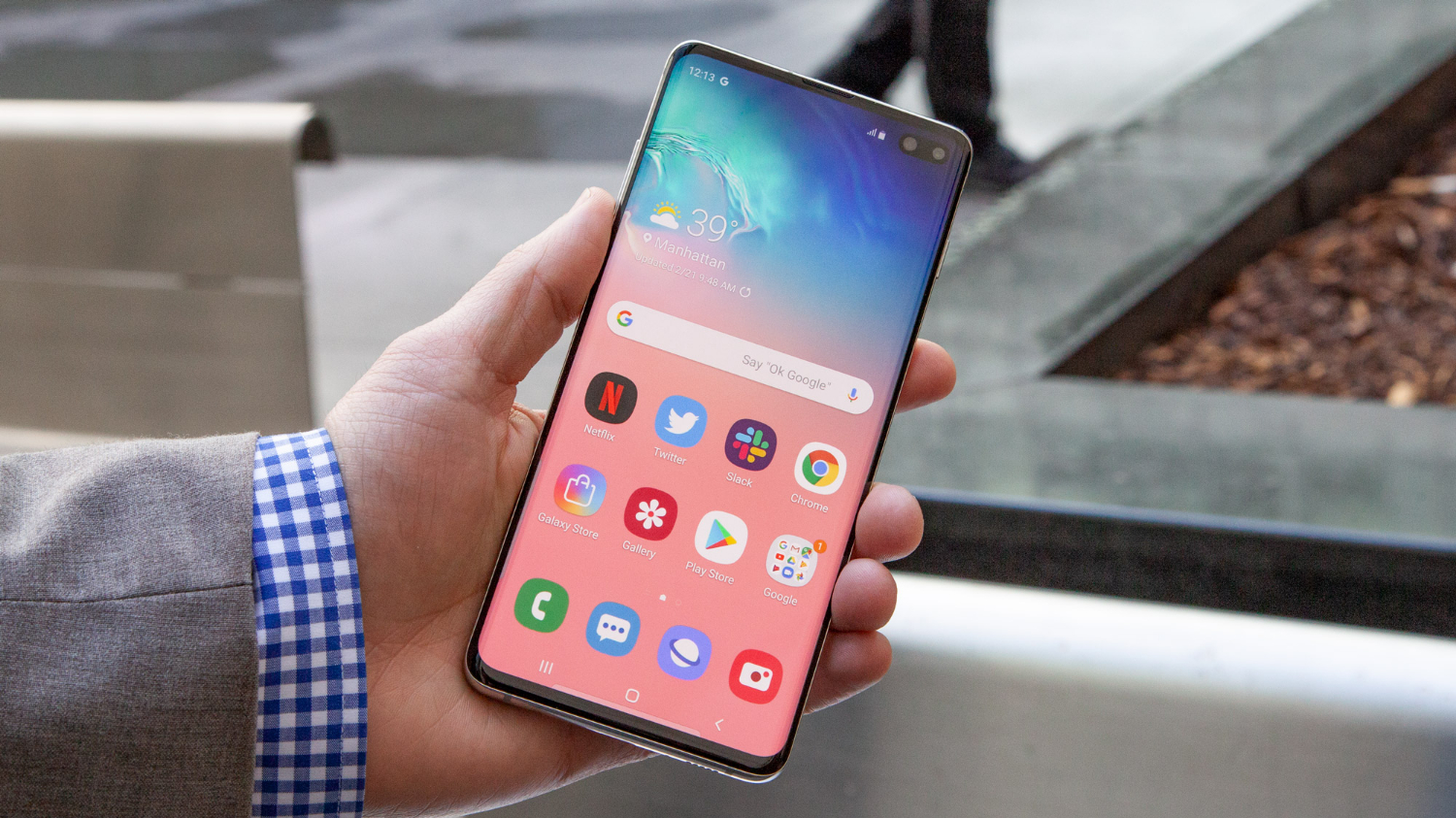
Still, the Galaxy S10 and S10 Plus feel more comfortable to use. The OnePlus 7 Plus is not only significantly taller and wider than Samsung's phones, it's more than a full ounce heavier than the Galaxy S10 Plus (7.26 ounces vs. 6.17 ounces). It's simply easier to use the S10 and S10 Plus with one hand.
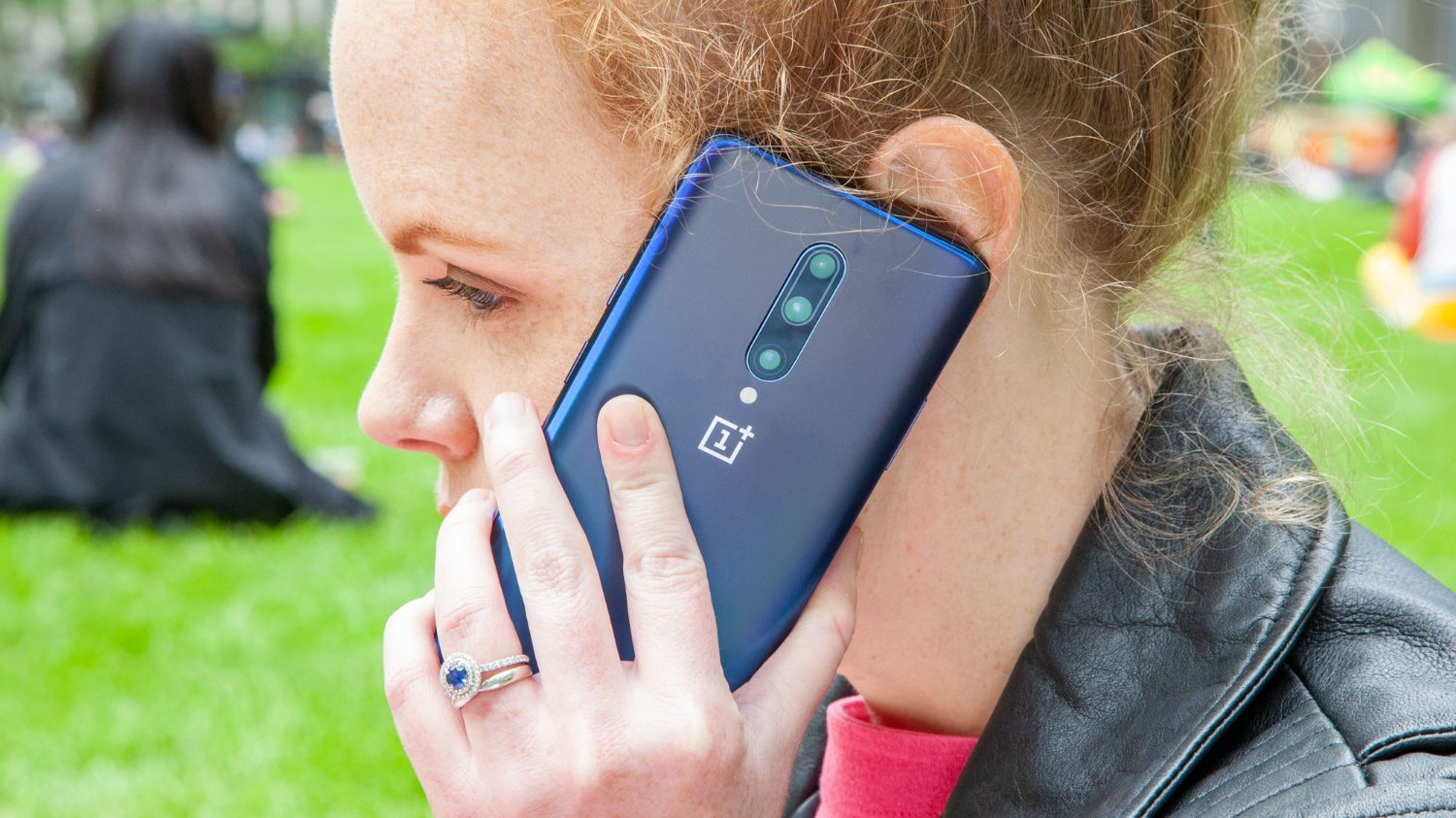
The Galaxy S10 also benefits from being water resistant with its IP67 rating. OnePlus doesn't offer any certifications for water resistance, but it has demoed the OnePlus 7 Pro being dunked in water. You also get a headphone jack with the S10 and S10 Plus and not with the OnePlus 7 Pro.
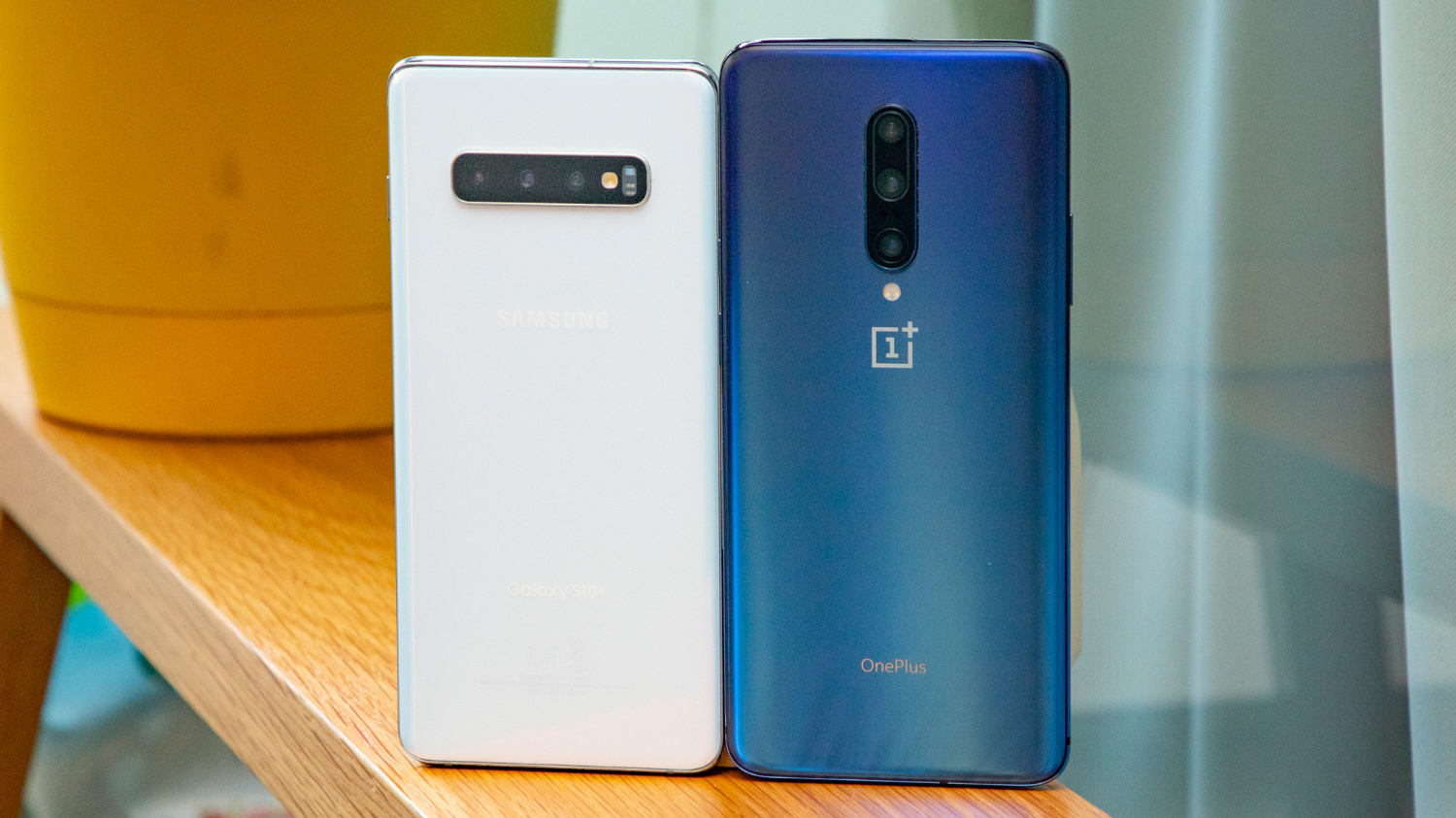
OnePlus offers Nebula Blue and Mirror Gray right now and an Almond color is on the way in June. But Samsung offers even more hues, including Prism Black, Prism White, Prism Blue, Prism Green (except U.S.) and Flamingo Pink (except the U.K.). The Galaxy S10 Plus adds Ceramic White and Ceramic Black if you're willing to pay more.
Winner: OnePlus 7 Pro
Display
When you're this close to perfect, it's hard to choose a winner. But the OnePlus 7 Pro's screen is more perfect.

One key advantage for the OnePlus 7 Pro is its 90Hz refresh rate, which can make the phone feel more responsive, especially when scrolling. The Galaxy S10 and S10 Plus have a 60Hz refresh rate.
On our lab tests, the larger 6.67-inch display on the OnePlus 7 Pro covered 180% of the sRGB color gamut, compared with 136.5% for the 6.4-inch Galaxy S10 Plus. The OnePlus 7 Pro's screen also proved more accurate by turning in a Delta-E rating of 0.18, compared with 0.29 for the S10 Plus. (In this case, closer to 0 is best.)
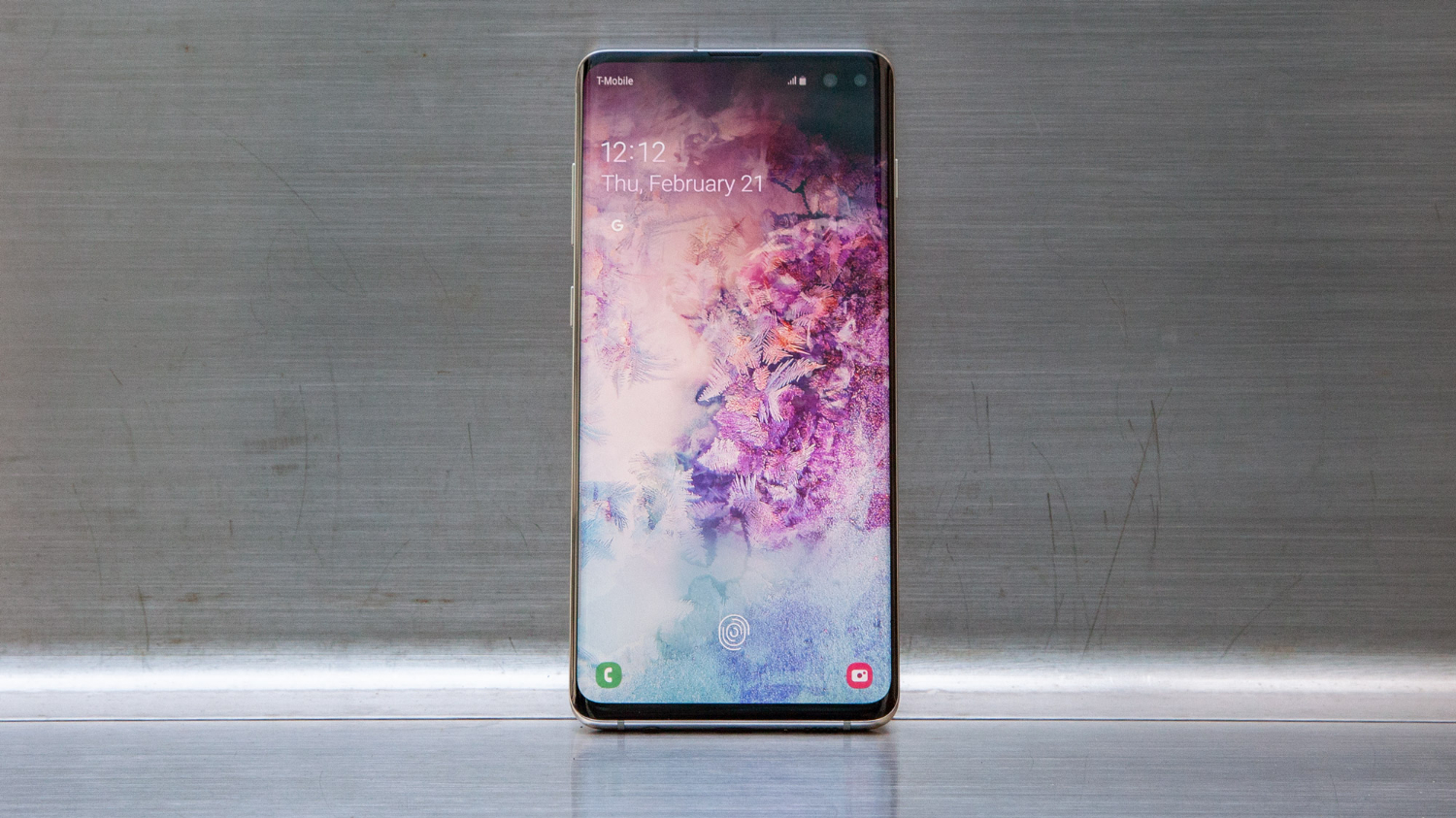
On the other hand, the Galaxy S10 Plus' display can get significantly brighter, hitting 625 nits on our light meter. The OnePlus 7 Pro mustered 363 nits.
When compared side by side, the Galaxy S10 Plus delivered punchier yellows, reds and blues, both when we played the Spider-Man: Far From Home trailer and viewed a desktop wallpaper of the Golden Gate Bridge on both phones. But I could make out more detail in the shadows on the OnePlus' panel. That was in vivid mode on both phones, and they both have natural modes as well.
Winner: OnePlus 7 Pro
Cameras
The OnePlus 7 Pro and Samsung's Galaxy S10 and S10 Plus all have three rear cameras: a main camera, an ultrawide camera and a telephoto lens. However, the OnePlus has a 3x optical zoom compared to 2x on Samsung’s phones.
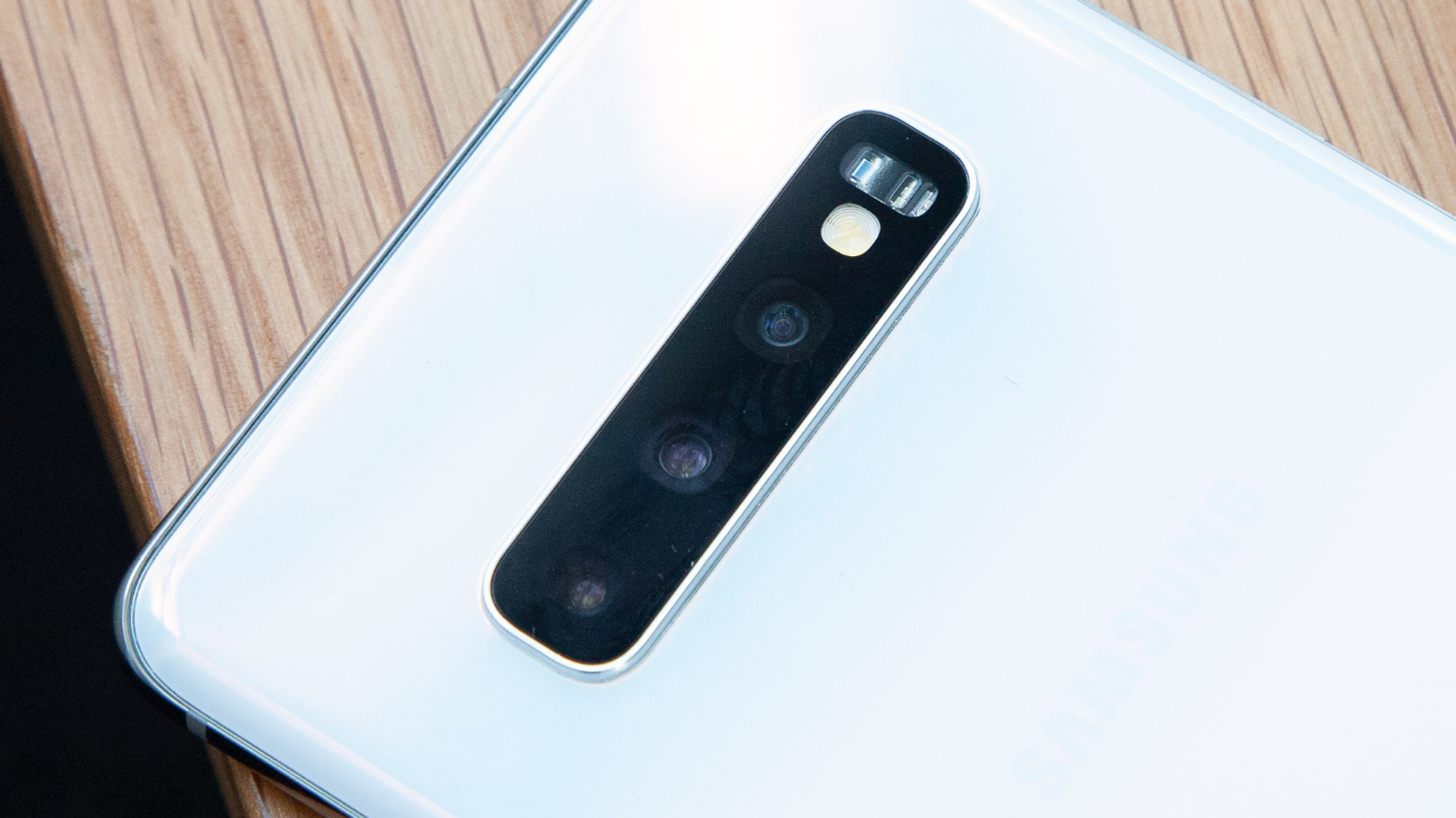
In our side-by-side photos, both phones delivered very good results, with OnePlus or Samsung excelling in different situations.
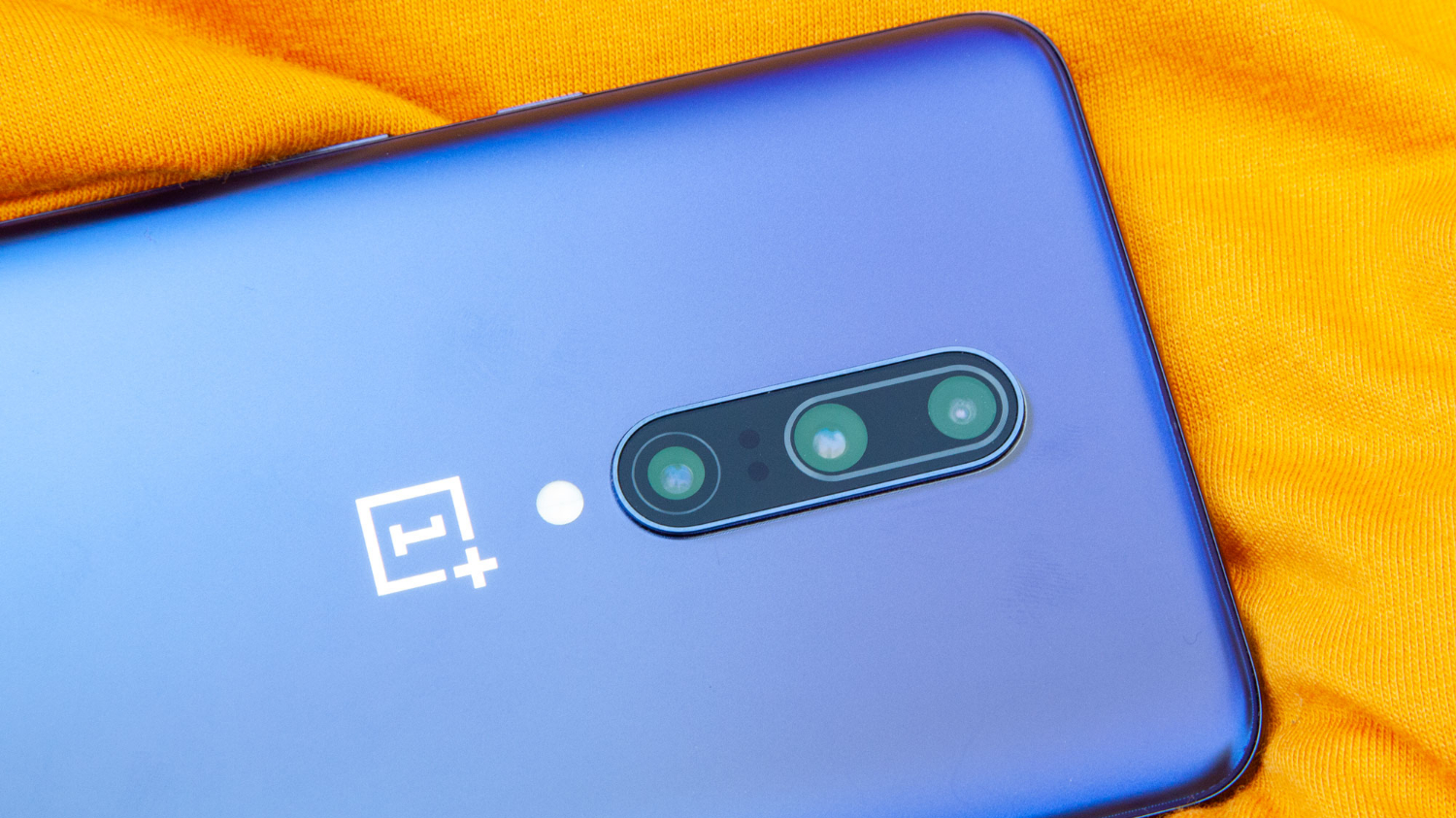
In this portrait of my colleague Caitlin, the Galaxy S10 offered a more zoomed-out perspective that I didn't like, but the photo itself looked better. Caitlin's face looked a bit blurry on the OnePlus 7 Pro and the colors too warm.
In this photo of a bed of flowers, the Galaxy S10 Plus wins with its sharper details in the petals and more color variation. The OnePlus 7 Pro's flower photo looks a bit too pink and warm again.
Samsung won again in this photo of a croissant and cookie. You can see more of the sheen in the layers of the croissant in the Galaxy S10 Plus' shot. By the same token, you can make out more details in the cookie in the Samsung photo.
The OnePlus 7 Pro fought back with this photo of the Brooklyn Bridge at night. With its Nightscape mode on, the contrast between the buildings and blue sky looks a lot more pleasing. The water also looks more captivating, as the lights reflect off the waves. The Galaxy S10 did not offer the Bright Night mode as an option in this case, but you can now manually turn it on with an update.
OnePlus easily defeated Samsung in this photo of a carousel. The details are sharper and the contrast between the cherubs and the sky is more dramatic. Meanwhile, the Galaxy S10 Plus’ photo looks like it was taken with a blue-tinted filter.
For our last test we shot this picture in a room with very little light, using Bright Night on the Galaxy S10 Plus and Nightscape on the OnePlus 7 Pro.
Neither photo is great, but the Galaxy S10 Plus does a better job of showing the chair on the right side. On the other hand, the red in the cabinet looks richer on the OnePlus 7 Pro picture, and details are less fuzzy when you zoom in.
Winner: Galaxy S10
Performance
While both the OnePlus 7 Pro and Galaxy S10 and 10 Plus pack the same Snapdragon 855 processor, the OnePlus 7 Pro performs better in benchmark tests. It also just feels faster.
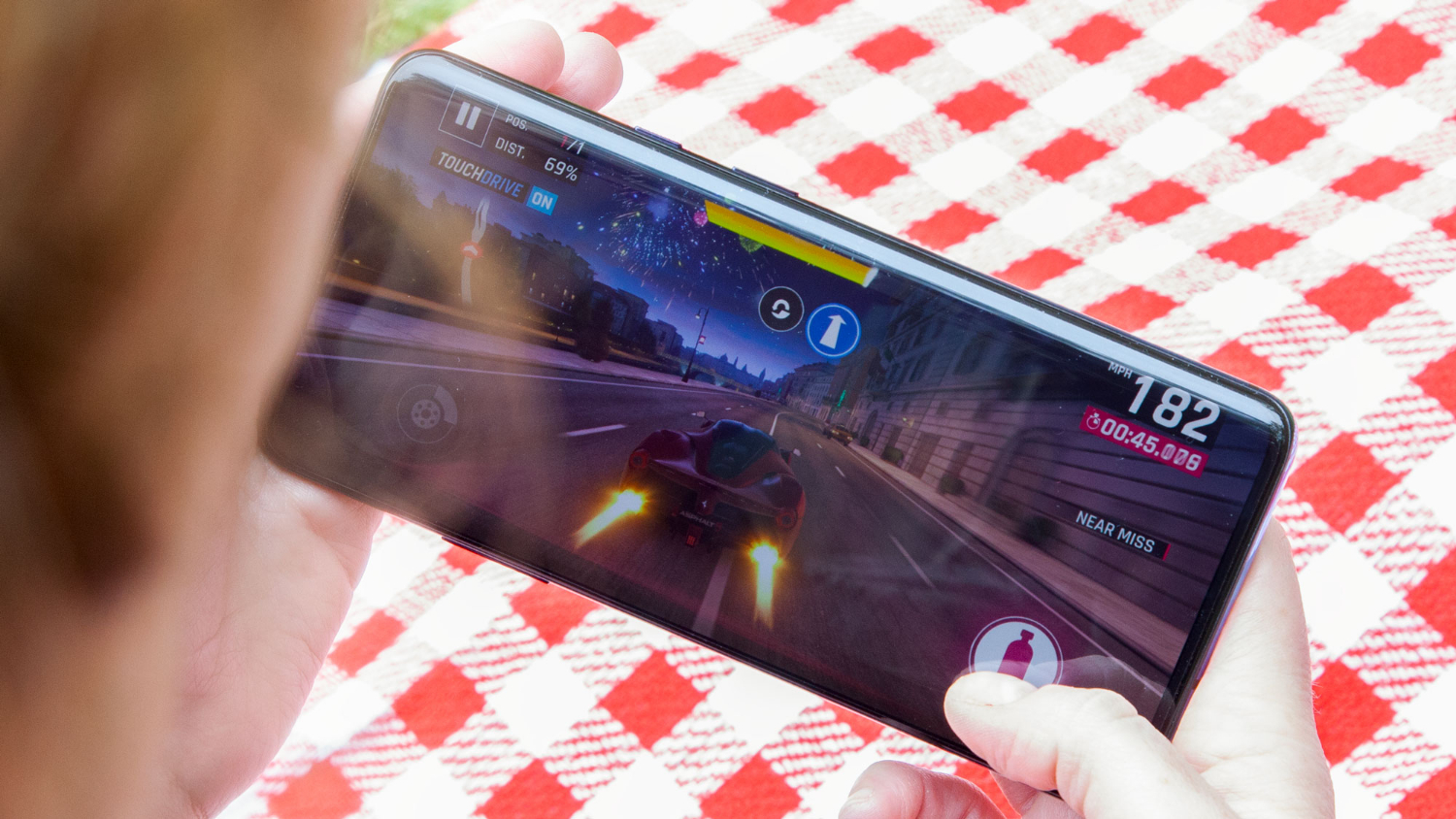
Take installing the PUBG mobile game (what happens after downloading the app). It took the OnePlus 7 Pro just 3.44 seconds versus 7.8 seconds. This is thanks to the OnePlus using faster UFS 3.0 storage; Samsung does not for its phones.
The OnePlus 7 Pro was also faster than the Galaxy S10 Plus when opening apps, like Play Store and Chrome, and when exiting back to the home screen. It's the difference between being merely swift and feeling like your phone is anticipating your next command.
MORE: Best Smartphones - Here Are the 10 Best Phones Available
On GeekBench 4, which measures overall performance, the OnePlus 7 Pro scored 11,227, compared with 10,732 for the Galaxy S10 Plus. However, it's important to keep in mind that we tested the $749 model of the OnePlus 7 Pro, which comes with 12GB of RAM. The Galaxy S10 Plus we tested featured 8GB of RAM, so it could score higher on Geekbench if you opted for the 12GB version of that phone.
The Galaxy S10 pulled ahead on the 3DMark Slingshot Extreme OpenGL test, where it scored 5,648. The OnePlus 7 Pro turned in a score of 5,581.
Winner: OnePlus 7 Pro
Battery life and charging
This is the one round where the OnePlus 7 Pro gets trounced. On the Tom's Guide Battery Test, which involves web surfing over LTE at 150 nits of screen brightness, the OnePlus 7 Pro lasted just 9 hours and 31 minutes. That is a full 3 hours worse than the Galaxy S10 Plus, which endured for 12:35 (both phones were tested on T-Mobile's network), landing the Samsung on our list of phones with the best battery life.
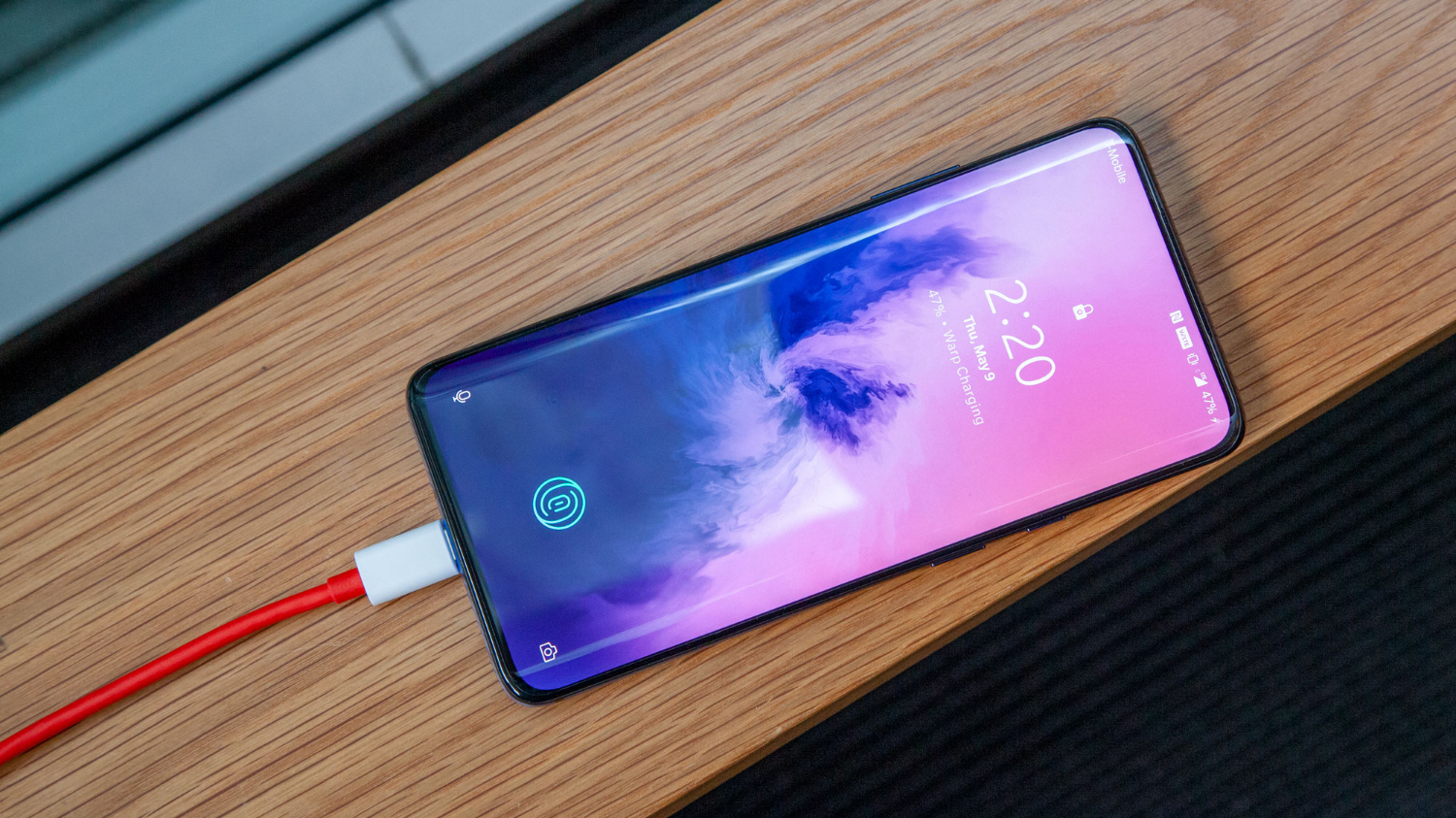
The regular Galaxy S10 lasted 10:19, so that's nearly 50 minutes better than the OnePlus.
Fortunately, the Warp Charge 30 technology in the OnePlus 7 Pro allows it to juice back up to 60 percent in just 30 minutes. The Galaxy S10+ got to 40 percent in the same amount of time.
Software and special features
Although both phones run Android Pie, the software look and feel on the OnePlus 7 Pro and Galaxy S10 is pretty different. The latest version of OxygenOS for OnePlus phones looks like stock Android but with some tweaks.
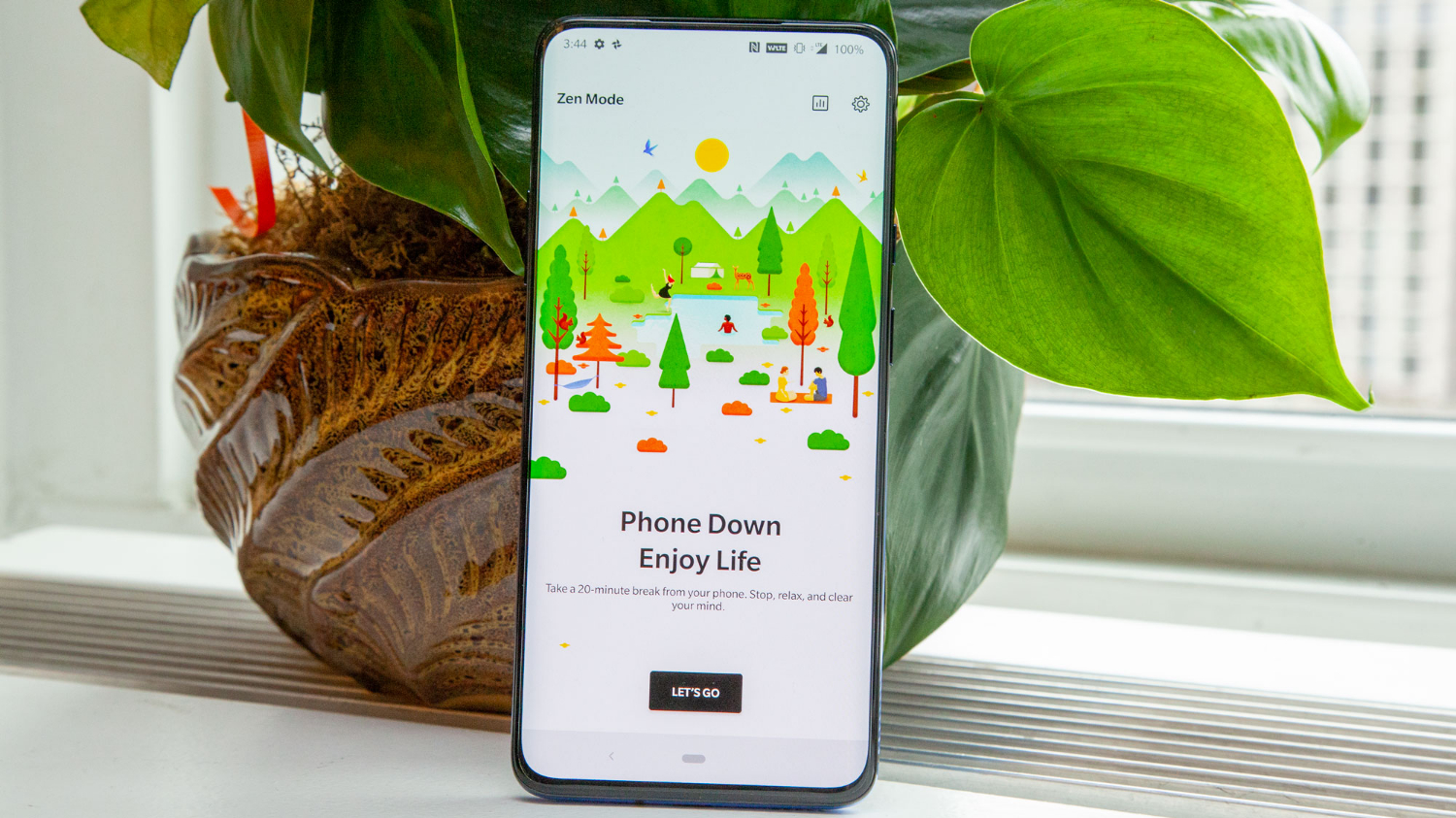
The biggest new features in OxygenOS are a Zen Mode for tuning out your phone — and all of its distractions — for a full 20 minutes. You can only make and take calls during that time and shoot photos. OnePlus also added a Screen Recorder mode for capturing anything on your screen.
I said this in my review of the Galaxy S10 Plus, but I'm not a fan of the oversized icons on the phone, which look a little too "my first smartphone." But there are some good things about Samsung's relatively new OneUI that runs atop Android, including more streamlined menus.
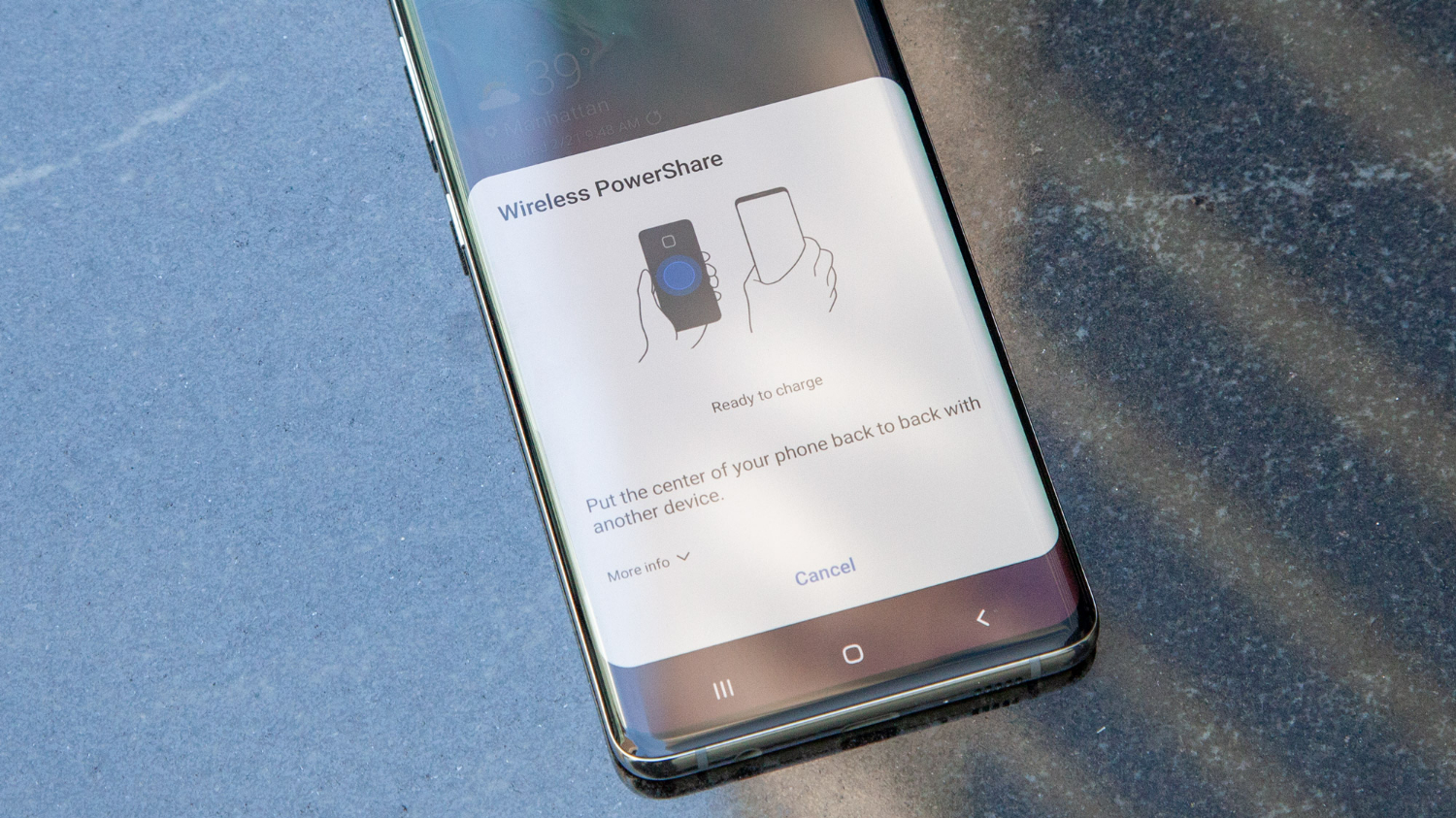
In terms of special features, only the Galaxy S10 and S10 Plus offer Wireless Power Share, which lets you use the back of the phone as a wireless charger for the Galaxy Buds or other phones that support wireless charging. You can also easily access a Blue Light filter shortcut for the display. Plus, the Galaxy line offers a headphone jack and microSD card slot.
Winner: Galaxy S10
Price and availability
The OnePlus 7 Pro was available through T-Mobile, but the carrier is now selling the OnePlus 7T instead. However, you can still buy the OnePlus 7 Pro unlocked from OnePlus directly.
The Galaxy S10 and S10 Plus are sold through all the major carriers, so Samsung wins on availability. But the OnePlus 7 Pro shines in pure value.
The OnePlus 7 Pro starts at $669 for the Mirror Gray Model with 8GB of RAM and 256GB of storage. You can also choose from Almond or Nebula Blue for the same price.
Samsung's Galaxy S10 starts at $899 for 8GB of RAM and 128GB of storage, but you can spend $250 more to get 512GB. The Galaxy S10 Plus starts at $999 for 8GB of RAM and 128GB of storage, but you can go up to 512GB for $250 more or 1TB and 12GB of RAM for $600 more.
Winner: OnePlus 7 Pro
Overall Winner: Galaxy S10 and S10 Plus (Barely)
Samsung should be nervous that this face-off is so close. Based on our scoring, the Galaxy S10 and S10 Plus beat the OnePlus 7 Pro by just three points, thanks in large part to its sizable battery life advantage. The Galaxy S10 also benefits from wireless charging and water resistance, as well as from having a microSD card slot for expansion and headphone jack.
But the OnePlus 7 Pro excels in several areas, some that could very well sway your decision.
| Row 0 - Cell 0 | OnePlus 7 Pro | Galaxy S10 and S10 Plus |
| Design (10) | 9 | 8 |
| Display (10) | 10 | 9 |
| Camera (25) | 20 | 22 |
| Performance (15) | 15 | 13 |
| Battery Life (20) | 14 | 19 |
| Software and Special Features (10) | 8 | 9 |
| Price and Availability (10) | 8 | 7 |
| Total (100) | 84 | 87 |
I prefer the OnePlus 7 Pro's full-screen design, even though the display may be too big for some. The OnePlus 7 Pro phone also beats Samsung on performance, display and especially price.
So, yeah, both of these Editor's Choice-winning phones are well worth it. But we give a slight edge to Samsung.
Credit: Tom's Guide
Sign up to get the BEST of Tom's Guide direct to your inbox.
Get instant access to breaking news, the hottest reviews, great deals and helpful tips.
Mark Spoonauer is the global editor in chief of Tom's Guide and has covered technology for over 20 years. In addition to overseeing the direction of Tom's Guide, Mark specializes in covering all things mobile, having reviewed dozens of smartphones and other gadgets. He has spoken at key industry events and appears regularly on TV to discuss the latest trends, including Cheddar, Fox Business and other outlets. Mark was previously editor in chief of Laptop Mag, and his work has appeared in Wired, Popular Science and Inc. Follow him on Twitter at @mspoonauer.


